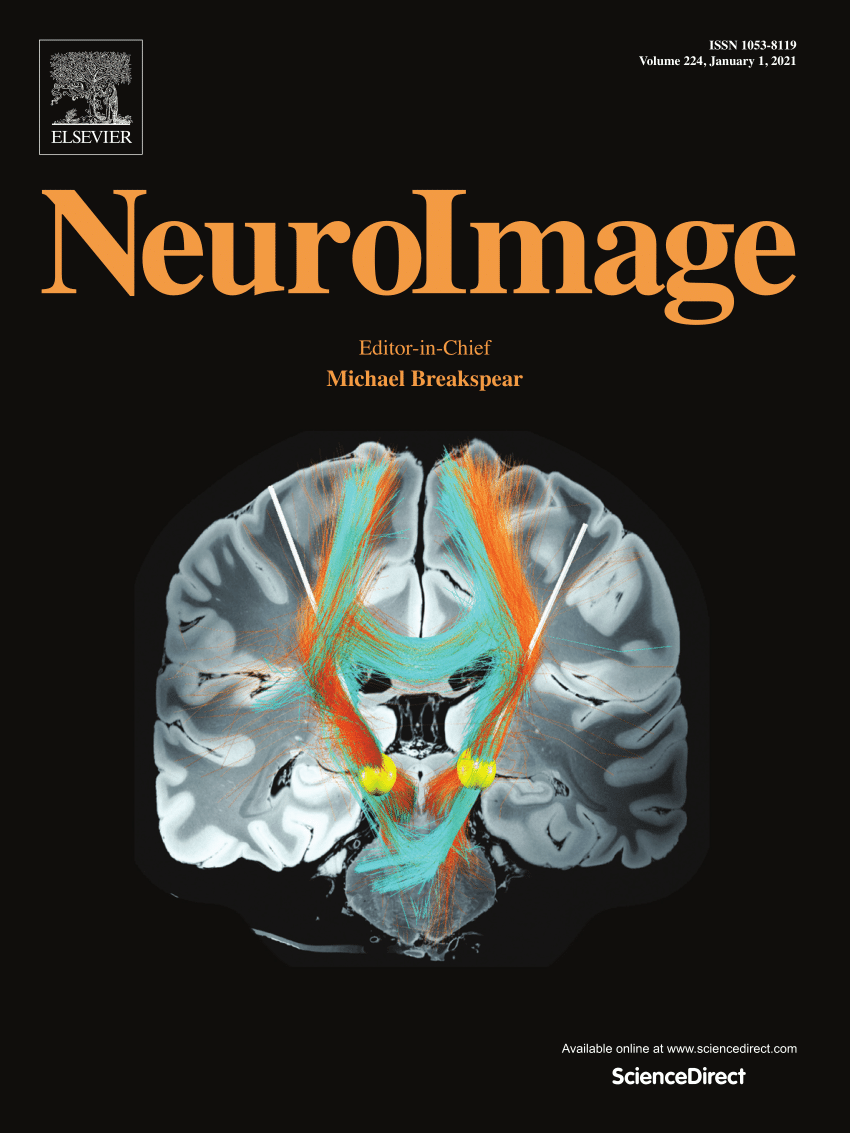COVID-19 感染后的弥散张量成像:系统回顾
IF 4.7
2区 医学
Q1 NEUROIMAGING
引用次数: 0
摘要
背景:大多数COVID-19神经影像学研究集中在感染后急性期出现的临床明显病变。对大脑结构的慢性影响,特别是在微观结构水平上,还没有很好的定义。现有的高级神经影像学研究报告了COVID-19感染后白质完整性的不一致差异。我们的目的是系统地评估先进的神经影像学文献,特别关注在COVID-19疾病急性期消退后观察到的弥散性MRI (dMRI)异常。方法:于2023年5月27日在PubMed、Embase和Scopus检索文献,并于2024年9月20日更新检索。纳入标准是COVID-19患者与非COVID-19志愿者在COVID-19后6周以上获得MRI的dMRI指标的定量比较。仅包括具有特定症状、病例报告和尸检研究的COVID-19患者亚组的研究被排除在外。分别进行了前后引文追踪。结果:最初的搜索确定了1709条独特的记录,其中11条符合纳入标准。大多数研究包括住院的COVID-19患者,在COVID-19感染后2-6个月内获得脑MRI。大多数研究报告称,与非covid -19对照组相比,covid -19后队列的分数各向异性较低,平均扩散率较高。然而,研究结果不一致,一项研究报告了COVID-19感染后更高的分数各向异性。与病程较轻的队列相比,具有较严重急性COVID-19疾病的队列往往具有较低的分数各向异性和较高的平均扩散率。与较短的随访时间相比,COVID-19和MRI之间的时间较长,COVID-19患者和非COVID-19志愿者之间的差异较小。结论:文献综述表明,COVID-19疾病急性期消退后dMRI指标结果的异质性可能部分归因于COVID-19疾病的严重程度和COVID-19与MRI之间的时间。未来的研究还应考虑不同的SARS-CoV-2变异对COVID-19后大脑结构差异的影响。本文章由计算机程序翻译,如有差异,请以英文原文为准。
Diffusion tensor imaging after COVID-19 infection: A systematic review
Background
Most COVID-19 neuroimaging research focuses on clinically evident lesions occurring during the acute period after infection. Chronic effects on brain structure, especially at a microstructural level, are less well defined. Existing advanced neuroimaging studies report inconsistent differences in white matter integrity after COVID-19 infection. Our aim was to systematically evaluate the advanced neuroimaging literature with a specific focus on examining diffusion MRI (dMRI) abnormalities observable after the resolution of the acute phase of COVID-19 illness.
Methods
A search of the literature was conducted on PubMed, Embase, and Scopus on May 27th, 2023, and an updated search was performed September 20th, 2024. Inclusion criteria were a quantitative comparison of dMRI metrics between COVID-19 patients and non-COVID-19 volunteers with MRI acquired >6 weeks after COVID-19. Studies that included only subgroups of COVID-19 patients with specific symptoms, case reports, and post-mortem studies were excluded. Forwards and backwards citation chasing were performed.
Results
The initial search identified 1709 unique records, and 11 met inclusion criteria. Most studies included hospitalized COVID-19 patients, with brain MRI acquired between 2 and 6 months after COVID-19 infection. The majority of studies reported lower fractional anisotropy and higher mean diffusivity in the post-COVID-19 cohort, compared to non-COVID-19 controls. However, there were inconsistent findings, with one study reporting higher fractional anisotropy after COVID-19 infection. Cohorts with a more severe acute COVID-19 illness tended to have lower fractional anisotropy and higher mean diffusivity than cohorts with a milder illness course. Compared to shorter follow-up periods, a longer time between COVID-19 and MRI was associated with fewer differences between COVID-19 patients and non-COVID-19 volunteers.
Conclusion
A review of the literature indicates that the heterogeneity of findings regarding dMRI metrics after the resolution of the acute phase of COVID-19 illness may be due in part to the severity of COVID-19 illness and the time between COVID-19 and MRI. Future studies should also consider how different SARS-CoV-2 variants differentially affect the structural brain differences after COVID-19.
求助全文
通过发布文献求助,成功后即可免费获取论文全文。
去求助
来源期刊

NeuroImage
医学-核医学
CiteScore
11.30
自引率
10.50%
发文量
809
审稿时长
63 days
期刊介绍:
NeuroImage, a Journal of Brain Function provides a vehicle for communicating important advances in acquiring, analyzing, and modelling neuroimaging data and in applying these techniques to the study of structure-function and brain-behavior relationships. Though the emphasis is on the macroscopic level of human brain organization, meso-and microscopic neuroimaging across all species will be considered if informative for understanding the aforementioned relationships.
 求助内容:
求助内容: 应助结果提醒方式:
应助结果提醒方式:


